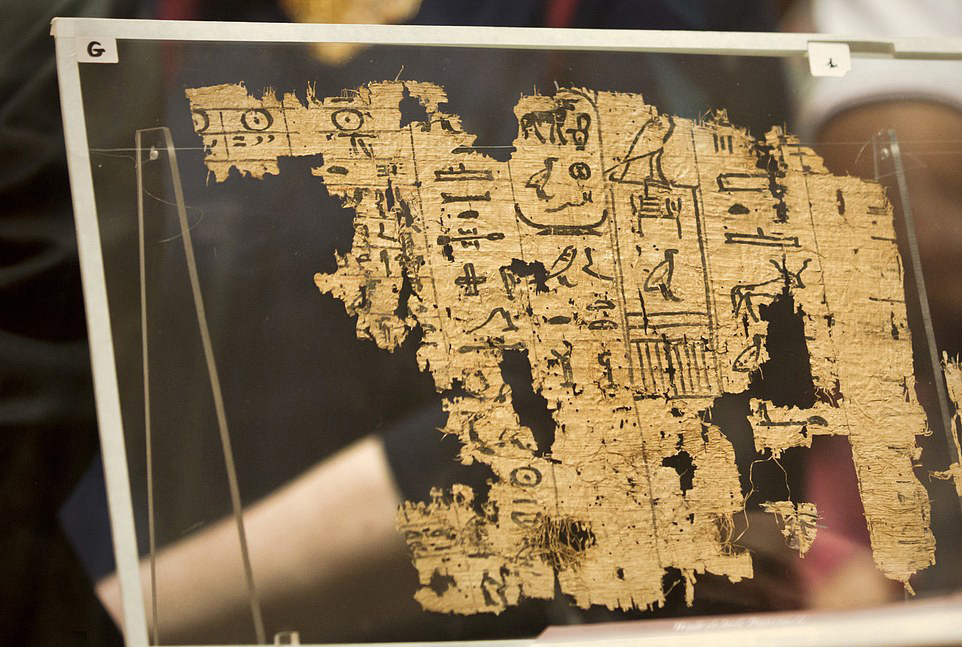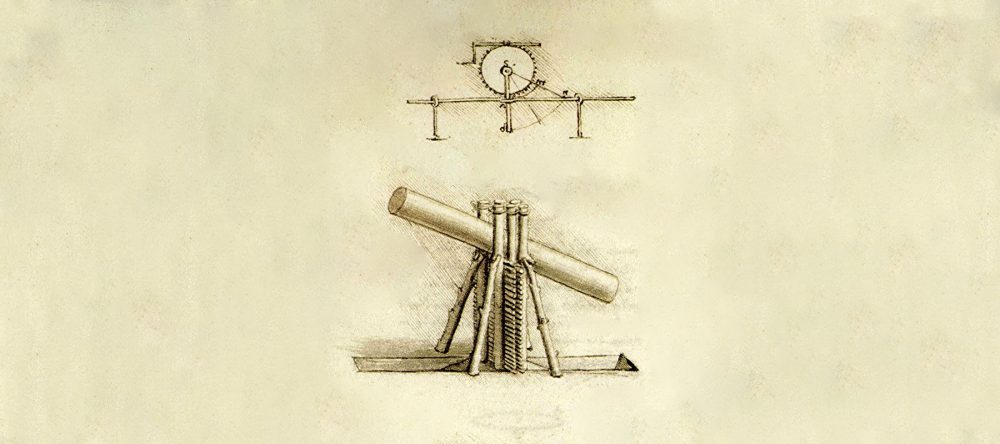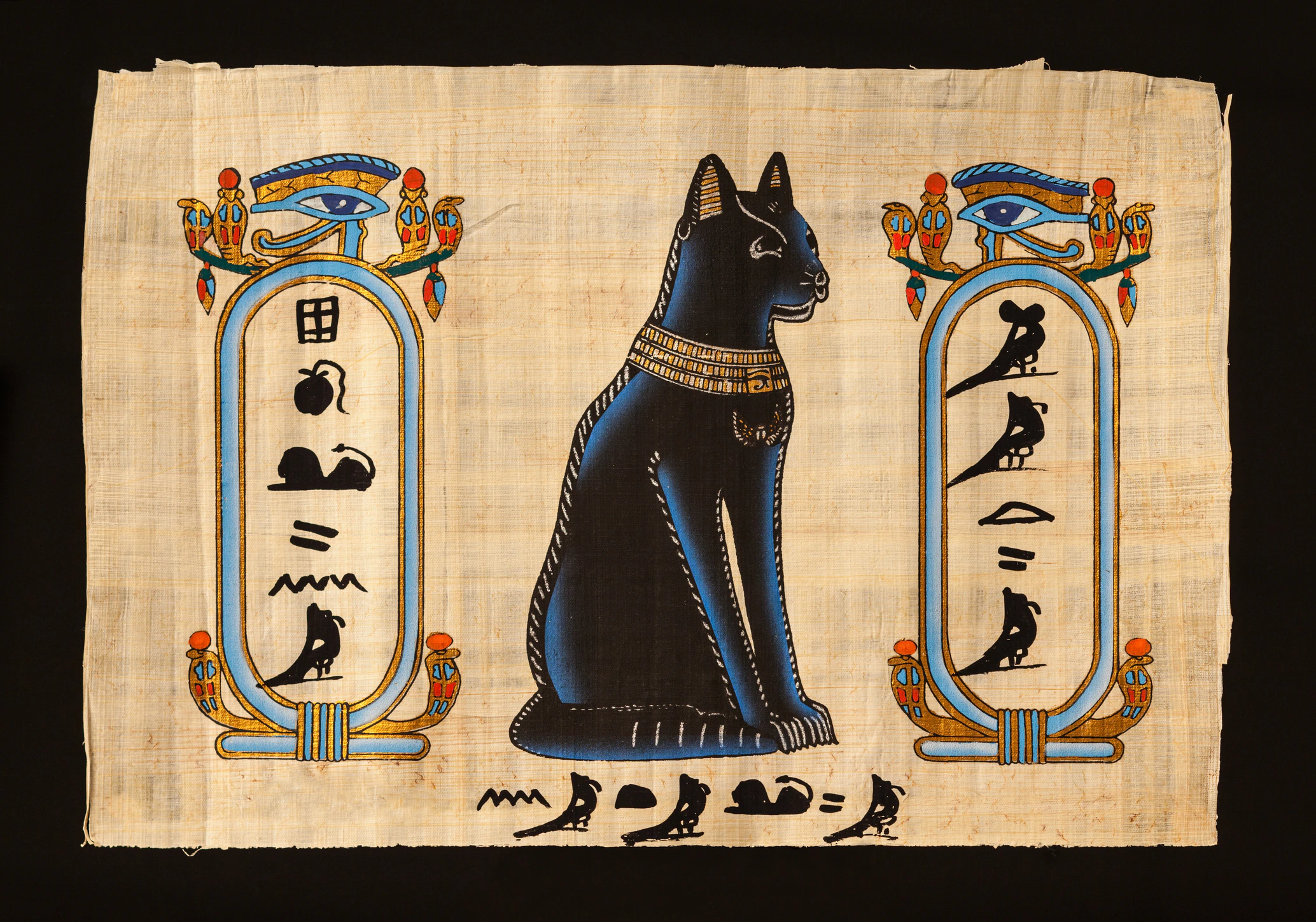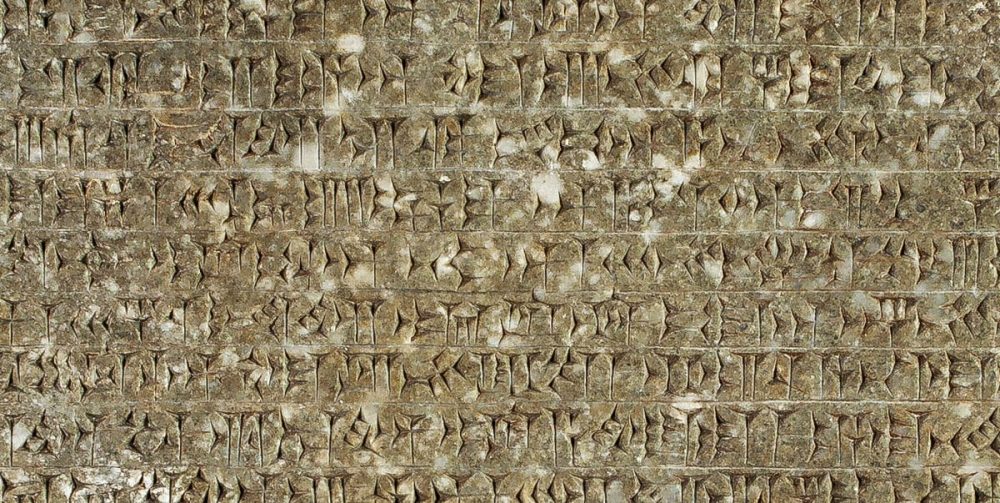Here is the only written ancient account describing a "machine" that helped build the Pyramids.
Have you ever heard about the so-called Herodotus machine? This device is described by the Greek philosopher Herodotus as one of the tools used by the ancient Egyptians to build the pyramids. But how much do we know about the Herodotus Machine, and what is its source?
Finding out how the Pyramids of Egypt were built is like finding the long-lost city-continent of Atlantis. It’s a mystery of its own. We have no idea how the Pyramids, those at Giza, were built some 4,500 years ago. No ancient documents record the building process, the planning process, or anything else for that matter. Everything we know about the pyramids is essentially archaeological guesswork.
A lack of papyri describing how the pyramid was built
Never have archeologists discovered papyri that explain how the ancient builders quarried the stones or built the pyramids. The only discovery that is “supposedly” related to the construction process of the Great Pyramid of Khufu was found by archaeologists at an ancient port at the Red Sea. In 2013, archeologists excavating the site of Wadi el-Jarf, an ancient harbor on the Red Sea shore, came across a collection of ancient writings. It was a discovery hailed in the archaeological community as a game-changer.
Found at the entrance of one of the storage galleries at Wadi el-Jarf, archaeologists recovered a collection of ancient papyri that would later be revealed as the oldest ever discovered in Egypt. The ancient texts tell a story that dates back some 4,500 years. Among the ancient papyri, archaeologists identified papyri that would later be named the “Journal of Merer.” The text, “penned down” by an ancient Egyptian called Merer, describes the transportation of massive blocks of limestone from the quarries of Tura towards the Pyramid at the Giza plateau, then still under construction.
What we can infer from the Journal of Merer

Although the papyri do not mention directly that the limestone was used in the construction of the Pyramid of Khufu, archaeologists infer, given the dating of the papyri, that the stones were brought from Tura to the Giza plateau to be used as the construction material for the Great Pyramid in Egypt. The archaeological site of Wadi el-Jarf is regarded as one of the oldest known artificial harbors on the planet’s surface. It was first identified in 1832 by J. G. Wilkinson and then rediscovered in the 1950s during an archeological expedition by French experts.
Two reasons why it matters
The ancient journal is fascinating because of two main reasons: First, it is believed to have been written most likely by inspector Merer himself, and second, it dates back to the time when Egyptologists think the Great Pyramid of Giza was being built. This may place Merer as a direct eyewitness to the construction of the Pyramid of Khufu. But if he did witness the construction, why did he refrain from mentioning any of it in his journal?
It is a mystery we’ve not been able to solve.
It “could” mention part of the construction process
This means that although we have an ancient text that “probably” mentions a part of the construction process of Khufu’s Pyramid, we don’t have any direct evidence. And that is exactly what’s missing. We haven’t discovered to this date, any ancient texts that directly mention the building process of the Great Pyramid. However, an ancient Greek writer may have some of the answers we’ve been looking for,
The Herodotus Machine
The “Histories” of the Greek writer Herodotus are generally acknowledged as the very founding work of history in Western literature. Composed in 440 BC, Herodotus’ work is a record of ancient traditions.

Here are presented the results of the inquiry carried out by Herodotus of Halicarnassus. The purpose is to prevent the traces of human events from being erased by time, and to preserve the fame of the important and remarkable achievements produced by both Greeks and non-Greeks; among the matters covered is, in particular, the cause of the hostilities between Greeks and non-Greeks. — Herodotus, The Histories, Robin Waterfield translation (2008).
The books Herodotus wrote about ancient Egypt
Herodotus wrote about ancient Egypt in Book II (Euterpe), Book III (Thalia), and Book VII (Polyhymnia). In these three books, or volumes if you wish, the Greek writer, native to Halicarnassus in the Persian Empire (modern-day Bodrum, Turkey), recorded, among other things, the geography of ancient Egypt, religious practices, the culture, the rulers of ancient Egypt, and among other things, the Pyramids of Egypt. Although the Greek writer is suspected of having made up some of his historical accounts, it is generally accepted that Herodotus provides unprecedented insight into the history of Egypt. That’s mostly because he traveled there in ancient times and penned down what he had seen.
The baris
One example of the authenticity of his accounts is the ancient Egyptian Baris, a cargo vessel mentioned by the ancient Greek historian but thought to have been a myth. Despite possible reasons to doubt his accounts, underwater archaeologists exploring the sunken city of Thonis (Egypt) would eventually find the ancient cargo vessel mentioned by Herodotus, confirming the accuracy of his writing. While traveling across the land of Egypt, which was already ancient when he was there, he conversed with locals about several aspects of ancient Egyptian history.
Herodotus, Histories, and how the pyramids were built
To date, we have not discovered a single, credible account of how the Great Pyramid, or for that matter, any pyramids in Egypt, were constructed. But in his book Histories, the Greek writer explains that:
The pyramid was built in steps, battlement-wise, as it is called, or, according to others, altar-wise. After laying the stones for the base, they raised the remaining stones to their places by means of machines formed of short wooden planks. The first machine raised them from the ground to the top of the first step. On this there was another machine, which received the stone upon its arrival and conveyed it to the second step, whence a third machine advanced it still higher. Either they had as many machines as there were steps in the pyramid, or possibly they had but a single machine, which, being easily moved, was transferred from tier to tier as the stone rose — both accounts are given and therefore I mention both. The upper portion of the Pyramid was finished first, then the middle and finally the part which was lowest and nearest to the ground.
Lifting “mega-stones” with the “Herodotus” machine
Herodotus mentions how the ancient builders could lift the mega-heavy stones and eventually construct the Pyramid. The above-mentioned account is the only mention we can find, written anywhere, about how the Great Pyramid was possibly built some 4,500 years ago. Despite this, archeologists do not consider the accounts penned down by the Greek historian as evidence of the building process of Khufu’s pyramid. Interestingly, it is believed that the great Leonardo da Vinci drew a machine described by Herodotus, which the ancient pyramid builders may have used.
Leonardo da Vinci drew the machine
Depictions of this ancient machine are considered drawn in the Codex Madrid. Still, visual depictions cannot assert that these drawings depict the machine described by Herodotus. It has been argued that da Vinci, the mastermind he was, may have had access to much more ancient descriptions that have since been lost to history. Egyptologists doubt the accounts penned down by Herodotus may be because the Greek writer provided descriptions of the components rather than a detailed usage of the machine. Although unlikely, the accounts written down by Herodotus are the only text we have that mentions at least one phase of the construction of the Great Pyramid.
Have something to add? Visit Curiosmos on Facebook. Join the discussion in our mobile Telegram group.





